FSR402 Force Sensing Resistor Overview
The FSR402 Force Sensing Resistor is a thin, flexible analog sensor that changes resistance when pressure or force is applied to its sensing area. Its compact form factor and simple electrical behavior make it an excellent choice for robotics, wearable electronics, interactive devices, and educational projects.
Key Features
- Thin, flexible construction for easy integration into surfaces and wearables
- Analog output — resistance falls as applied force increases, enabling proportional measurements
- Sensing range suitable for detecting light to moderate forces and touch
- Easy to interface with microcontrollers such as Arduino and Raspberry Pi using a voltage divider
- Durable and reliable for repeated use in prototypes and finished products
Why Choose the FSR402
The FSR402 is popular because it combines low cost, simple interfacing, and flexible mounting options. It is ideal when your project requires pressure sensitivity without complex signal conditioning or load cells. Common advantages include compact size, fast response, and compatibility with a wide range of development boards.
Applications
- Pressure-sensitive buttons and touchpads
- Robotics and automation for contact detection and force feedback
- Gaming controllers and electronic musical instruments
- Wearable electronics and interactive garments
- Educational experiments and DIY electronics projects
Electrical Interface and Example Wiring
The FSR402 is passive and changes resistance with applied force. To read the sensor with an analog input, use a simple voltage divider:
- Connect one end of the FSR to VCC and the other to an analog input pin. Place a fixed resistor between the analog input and ground.
- Read the analog voltage with your microcontroller and map the value to force or pressure as needed.
- Typical setup: VCC -> FSR -> Analog input -> Fixed resistor -> GND. Adjust the fixed resistor value to tune sensitivity.
Tips for Best Results
- Calibrate in your application to convert analog readings to force units or thresholds.
- Use a stable mounting surface to ensure repeatable measurements.
- Protect the sensing area from sharp objects and liquids to prolong life.
Compatibility
Compatible with common microcontrollers and development boards that support analog input, including Arduino and Raspberry Pi (with an ADC). No special drivers are required.
Specifications and Handling
- Form factor: thin and flexible sheet suitable for embedding
- Output type: analog, variable resistance
- Sensing range: light to moderate forces (suitable for touch and pressure sensing)
- Durability: reliable for repeated activation in typical applications
Getting Started
- Mount the FSR402 to your project surface ensuring the sensing area is exposed to the expected force.
- Wire it as a voltage divider and connect to an analog input on your microcontroller.
- Upload a simple analog read sketch or script and log values while applying different forces to calibrate.
Common Questions
Is the FSR402 waterproof?
The sensor is not fully waterproof. Avoid prolonged exposure to liquids and protect the sensing area in wet environments.
Can it measure precise weights?
The FSR402 is best for relative force detection and touch sensing. For precise weight measurements, a load cell with proper calibration is recommended.
Note: Images are for illustration purposes only.

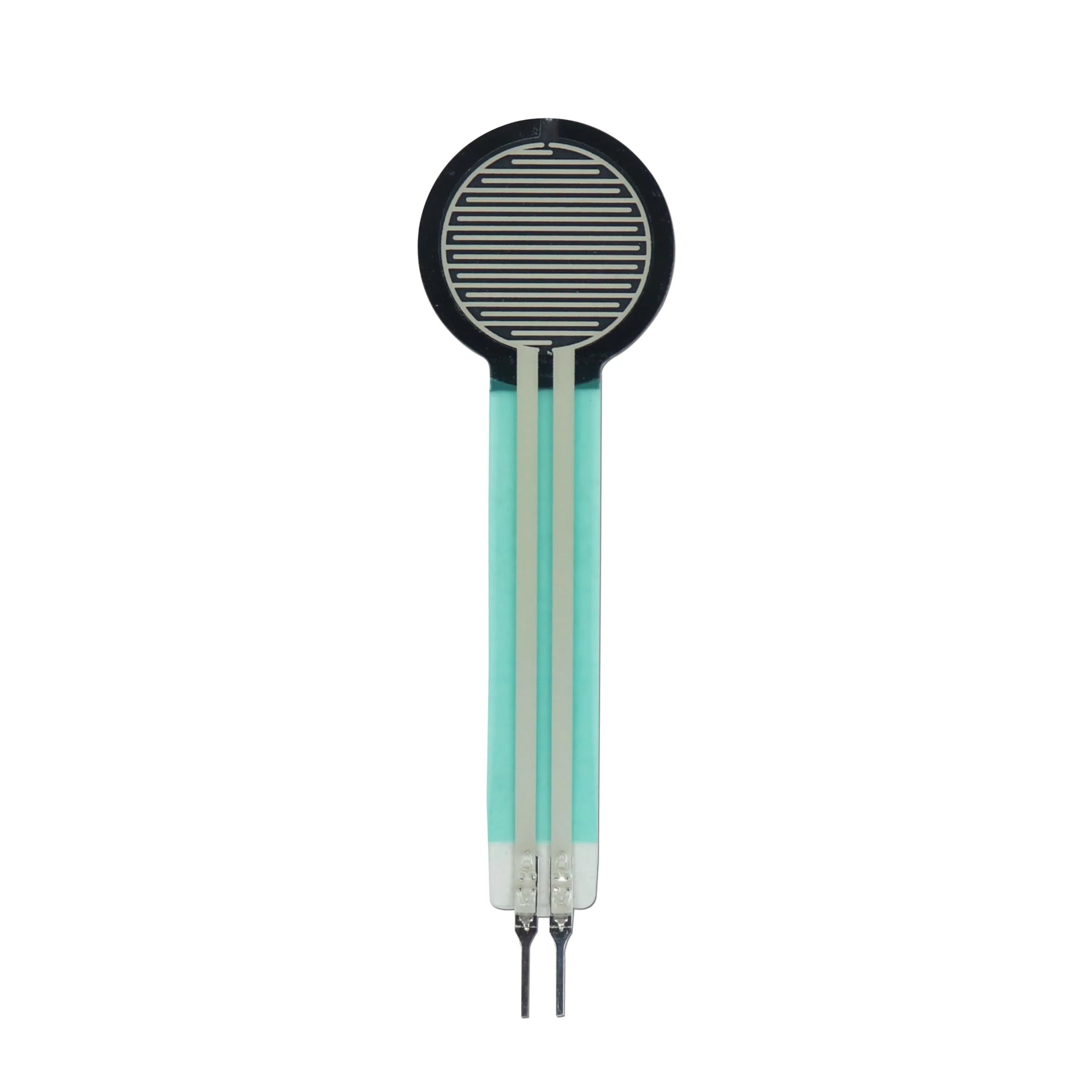
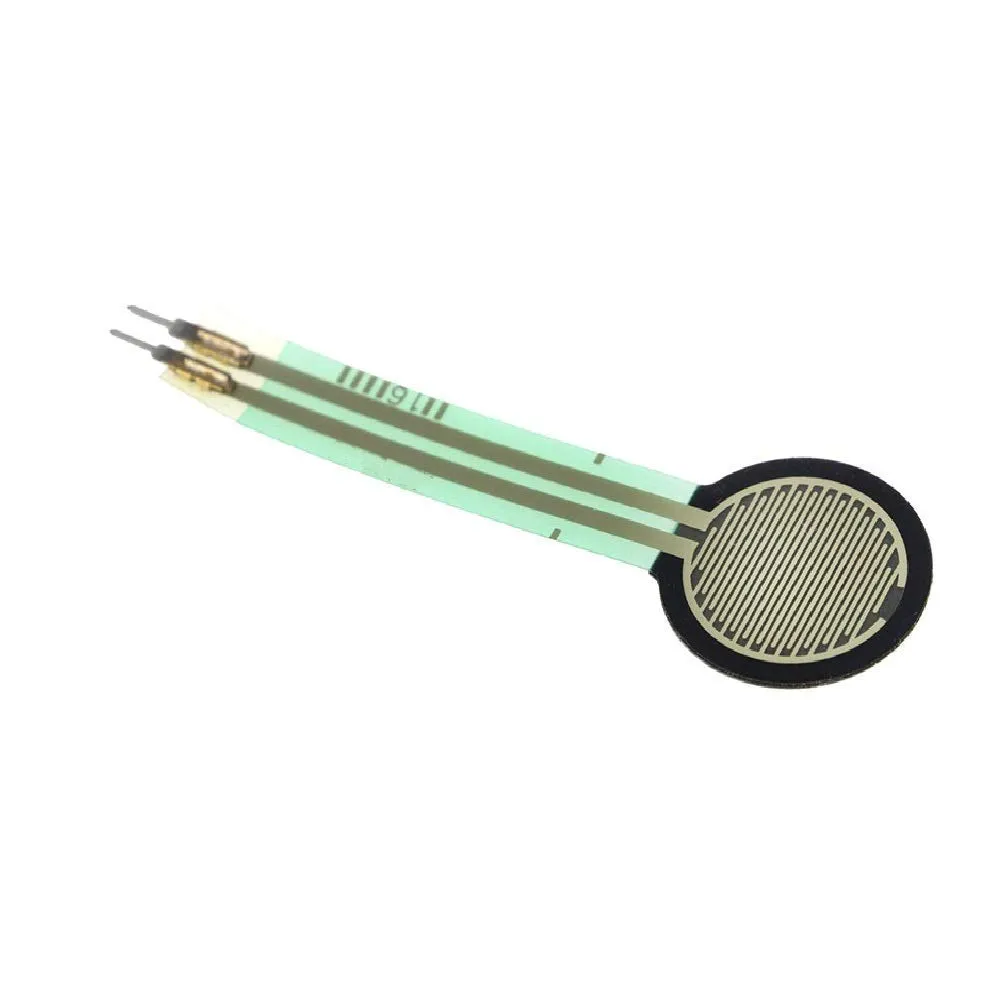


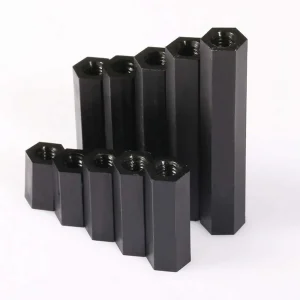
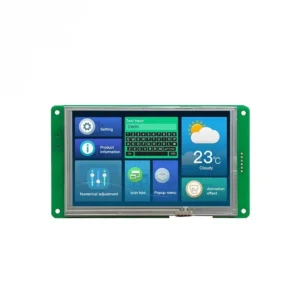
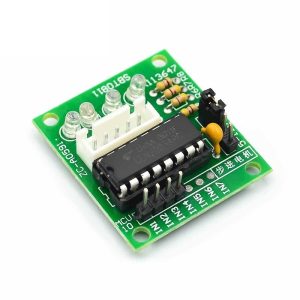
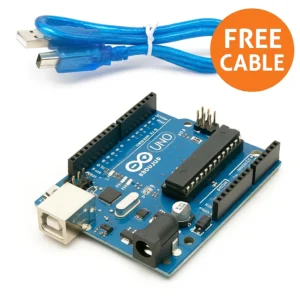
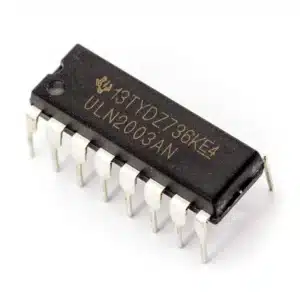
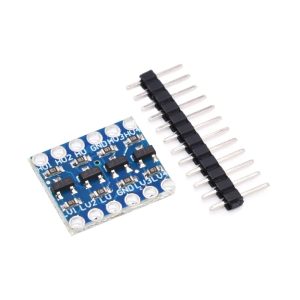
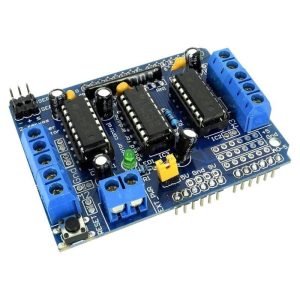
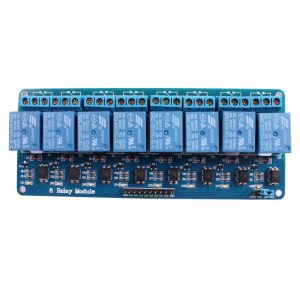
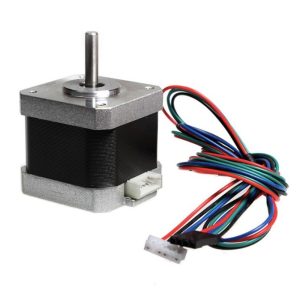

There are no reviews yet.